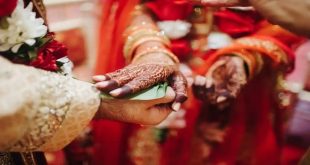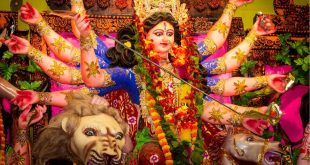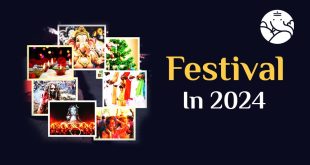
Diwali, also known as the Festival of Lights, is one of the most significant and celebrated festivals in Hinduism. It holds historical and cultural importance for millions of people worldwide. Observed with great enthusiasm, the festival commemorates Lord Rama’s return to Ayodhya after a 14-year exile, symbolizing the triumph of light over darkness. People across India and various parts of the world celebrate Diwali by lighting lamps, decorating homes, and participating in various traditions, including the bursting of firecrackers.
The Beginnings of Diwali Tradition
The tradition of celebrating Diwali by lighting lamps and decorating homes dates back to the ancient times of Lord Rama’s return to Ayodhya. As the story goes, the residents of Ayodhya welcomed Lord Rama by lighting lamps and creating intricate rangoli designs to illuminate his path. This tradition marked the beginning of the festival of lights, or “Deepotsav.”
Apart from lighting lamps, Diwali encompasses several other customs, including cleaning and decorating homes before the festival, wearing new clothes, preparing traditional delicacies, and offering prayers to Goddess Lakshmi, the goddess of wealth and prosperity.
The Practice of Bursting Firecrackers
While the practice of bursting firecrackers on Diwali has a long-standing tradition, it’s important to note that the history of firecrackers in India is relatively recent. The use of gunpowder, which eventually led to the creation of firecrackers, gained prominence in the 16th century. The invention of fireworks and the trend of using them to express joy and celebration on special occasions gradually gained momentum.
The Role of Firecrackers in Diwali Celebrations
The use of firecrackers during Diwali is deeply rooted in the culture and traditions associated with the festival. It symbolizes the victory of light over darkness and the triumph of good over evil. The noise and brightness of firecrackers are believed to ward off evil spirits and negativity.
Additionally, firecrackers have been historically associated with the Mughal emperor Babur. It is said that Babur employed gunpowder and fireworks as a means of warfare during battles. The practice of using gunpowder as a weapon eventually transitioned into the celebratory use of fireworks during festivals.
Contemporary Perspectives and Environmental Concerns
In recent times, the use of firecrackers during Diwali has sparked debates and discussions due to environmental concerns. The pollution caused by fireworks, including air and noise pollution, has led to calls for more eco-friendly and responsible celebrations. Organizations and individuals alike advocate for celebrating Diwali with lamps, diyas (oil lamps), and other non-polluting methods.
In conclusion, the tradition of bursting firecrackers on Diwali is deeply embedded in the cultural and historical fabric of the festival. It is a way for people to express joy, celebrate victory over darkness, and partake in a tradition that has been passed down through generations. While the practice continues to evolve in response to environmental awareness, Diwali remains a time of unity, festivity, and the triumph of light.
 Suspense Crime Sach Ka Dam
Suspense Crime Sach Ka Dam


